|
Click here to go to PREVIOUS page...
Click here to go to NEXT page...
Katina Roye Peevyhouse retains all rights and
owns the copyright of all photos shown on this page.
Click here for more photos and information about Lycopsids...
|
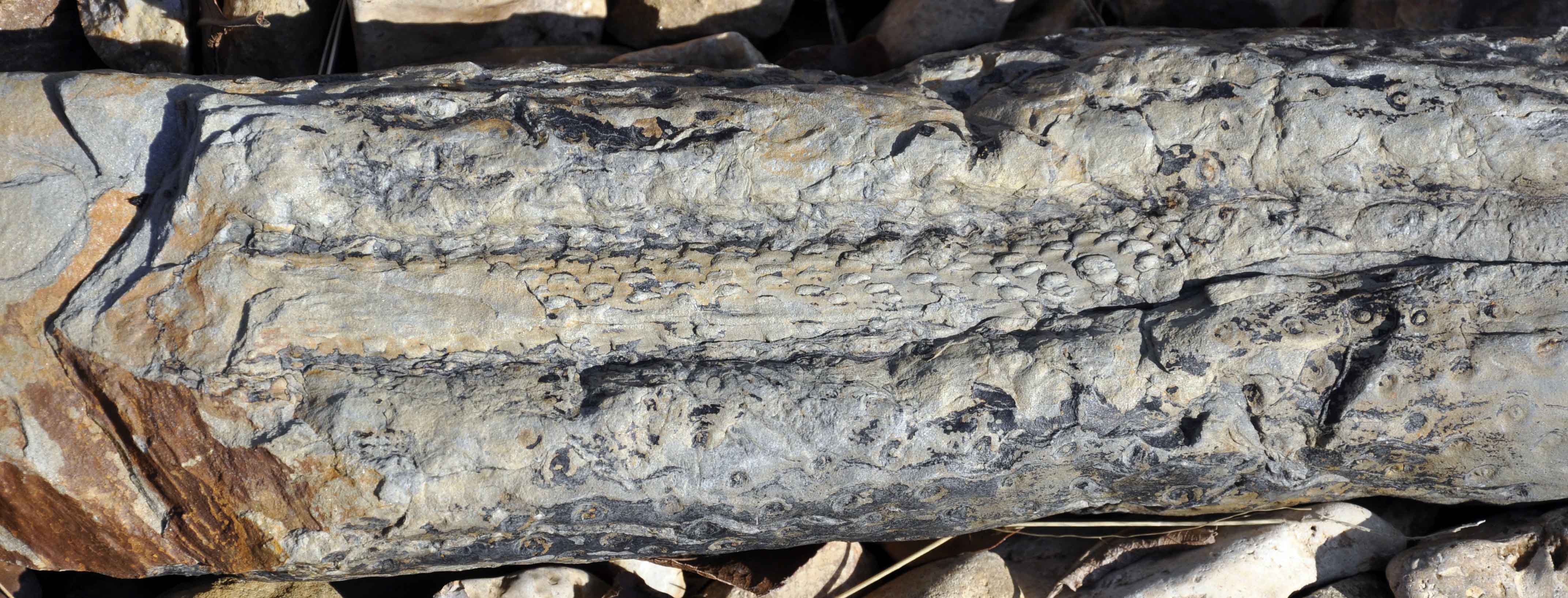
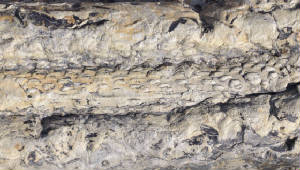
|
Stigmaria is the name for fossilized roots of lycopsids.
Stigmaria is one of the more common fossils found in Haskell County. This specimen is an unusual dark gray and
black color.
This closeup view of the black and gray specimen
shows the incredible detail that has been preserved.
|
|
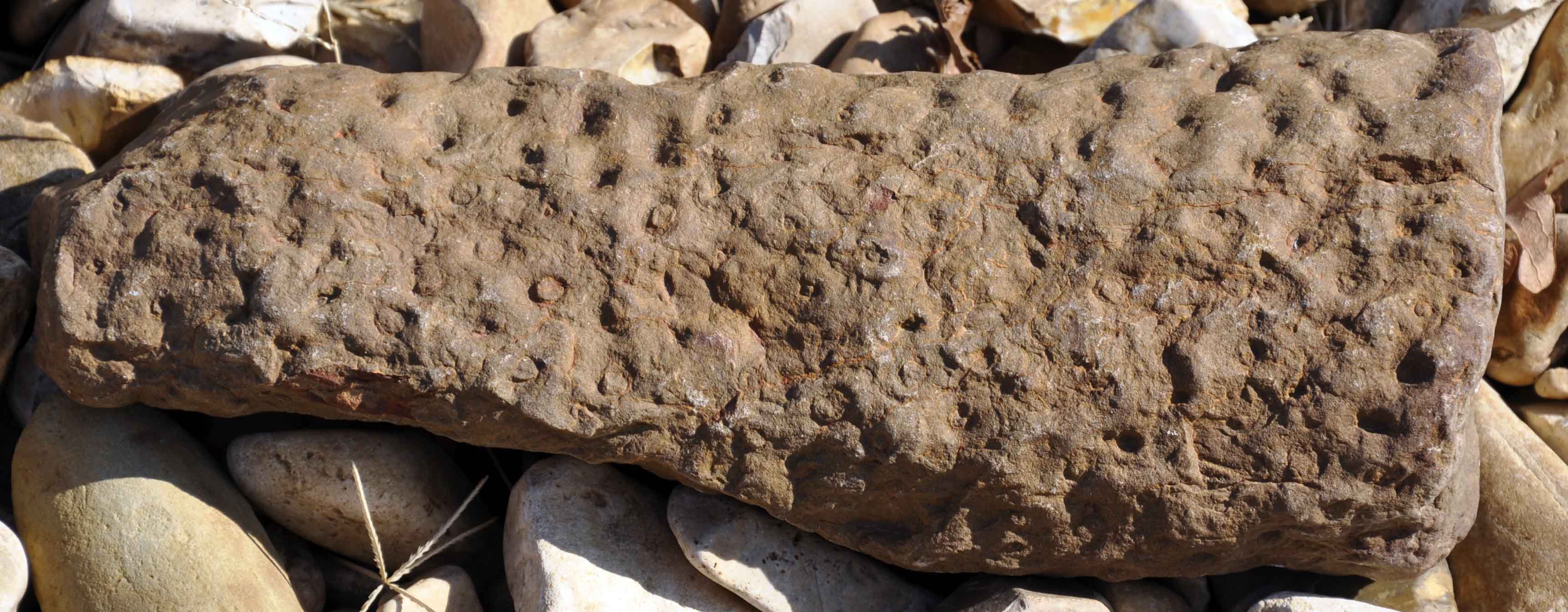
|
Stigmaria comes in many color variations, including
brown.
|
|
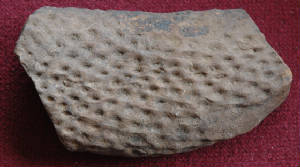
|
|
|
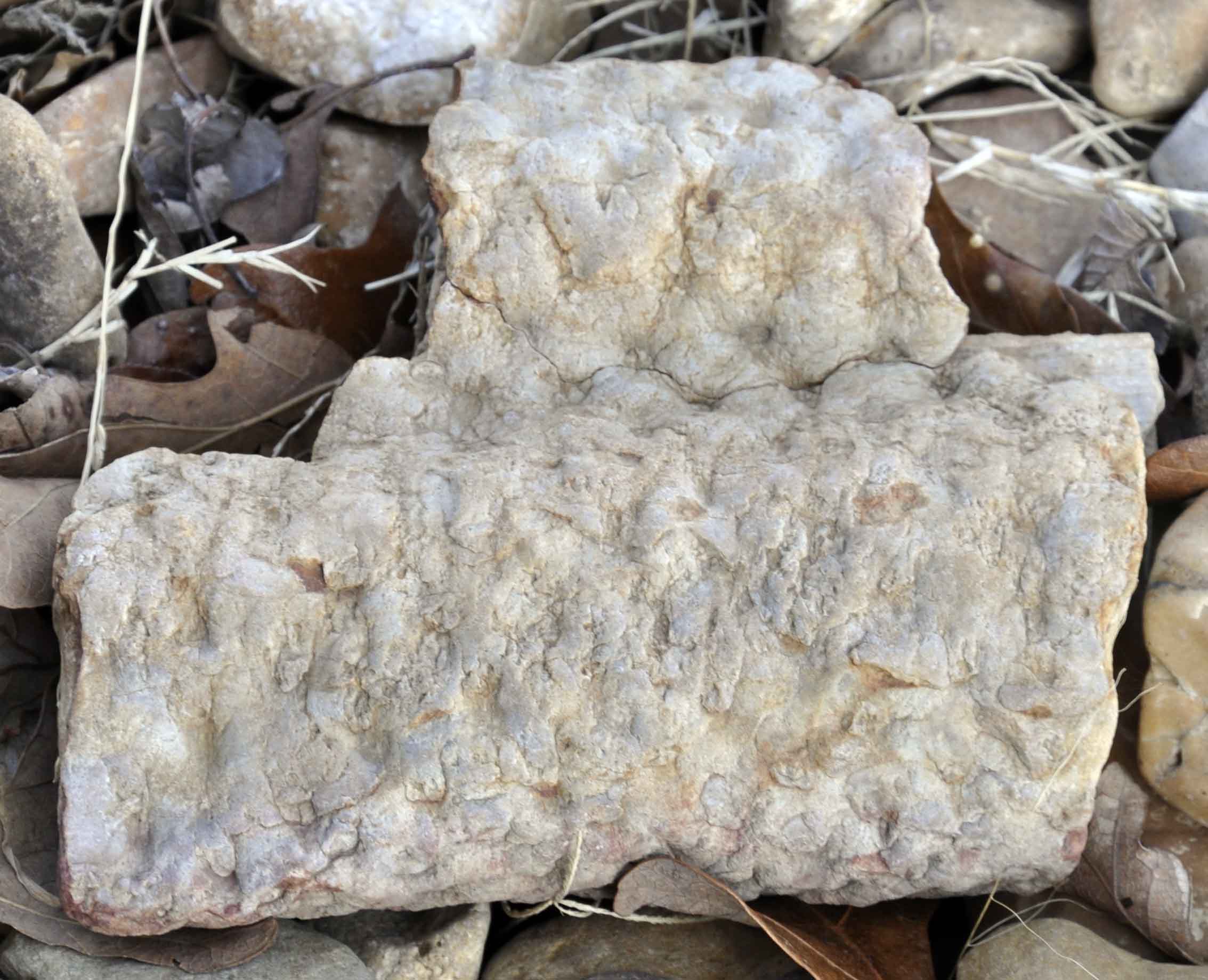
|
This specimen is almost white in color.
|
|
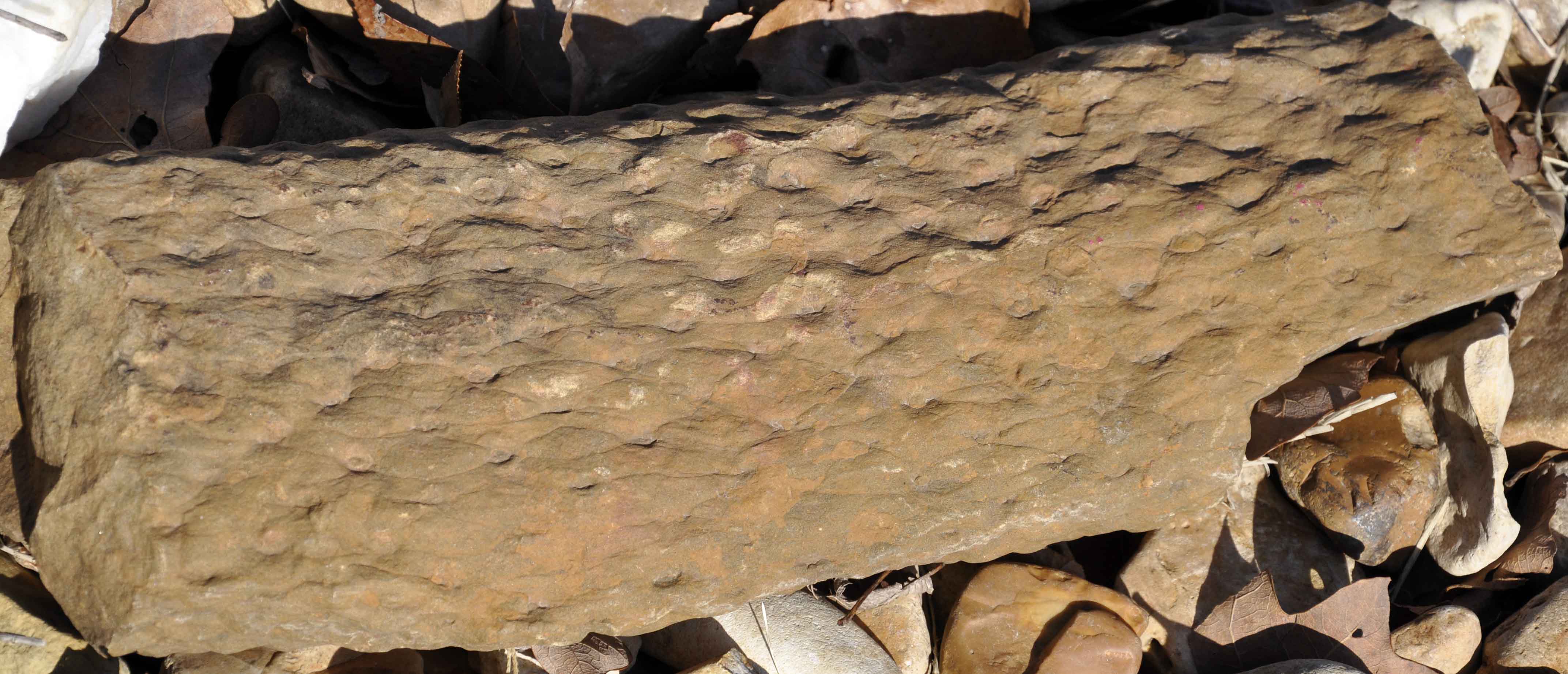
|
|
|
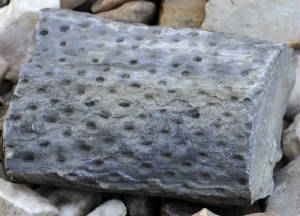
|
This specimen is another unusual gray.
|
|
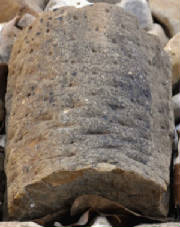
|
|
|
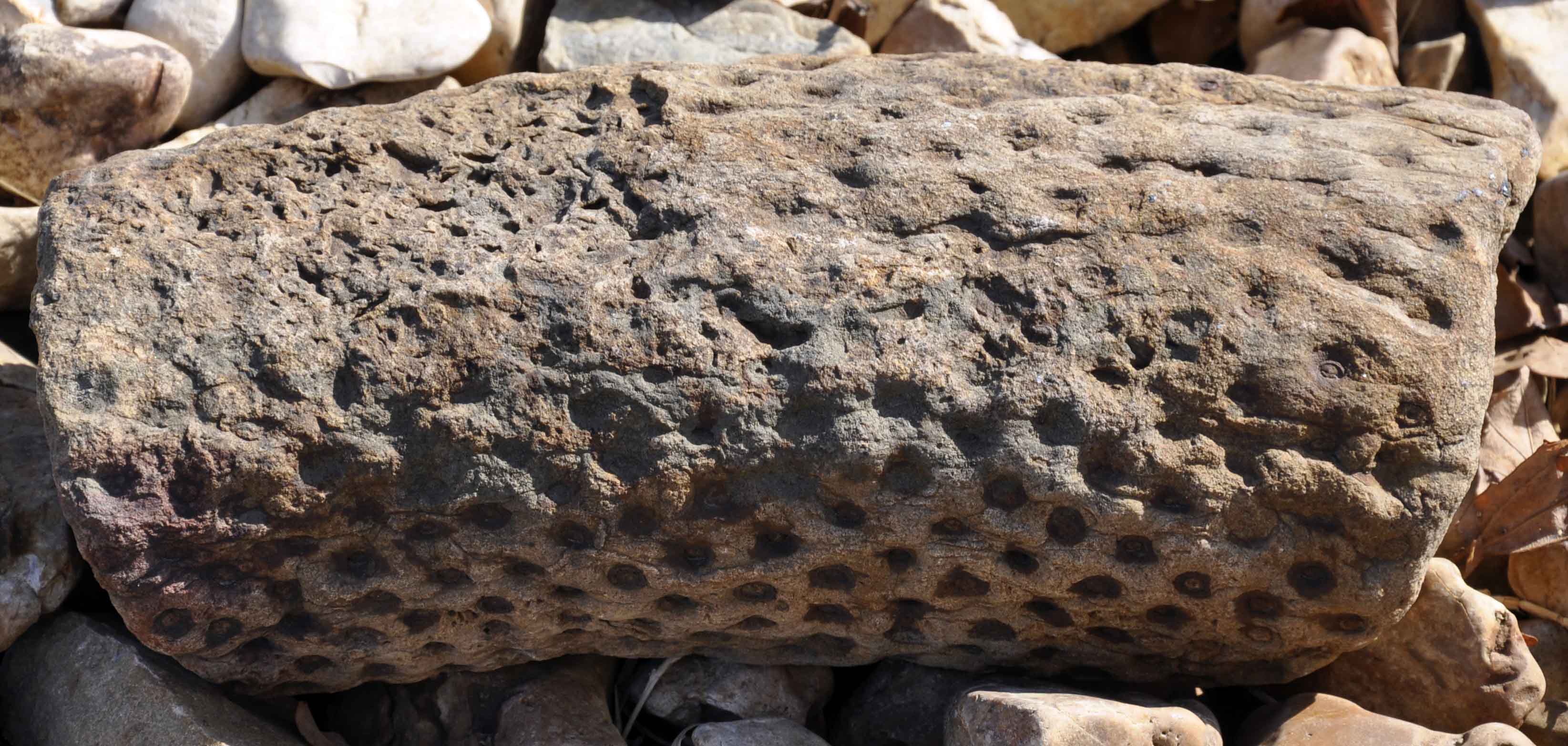
|
|
|
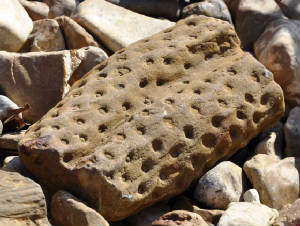
|
|
|
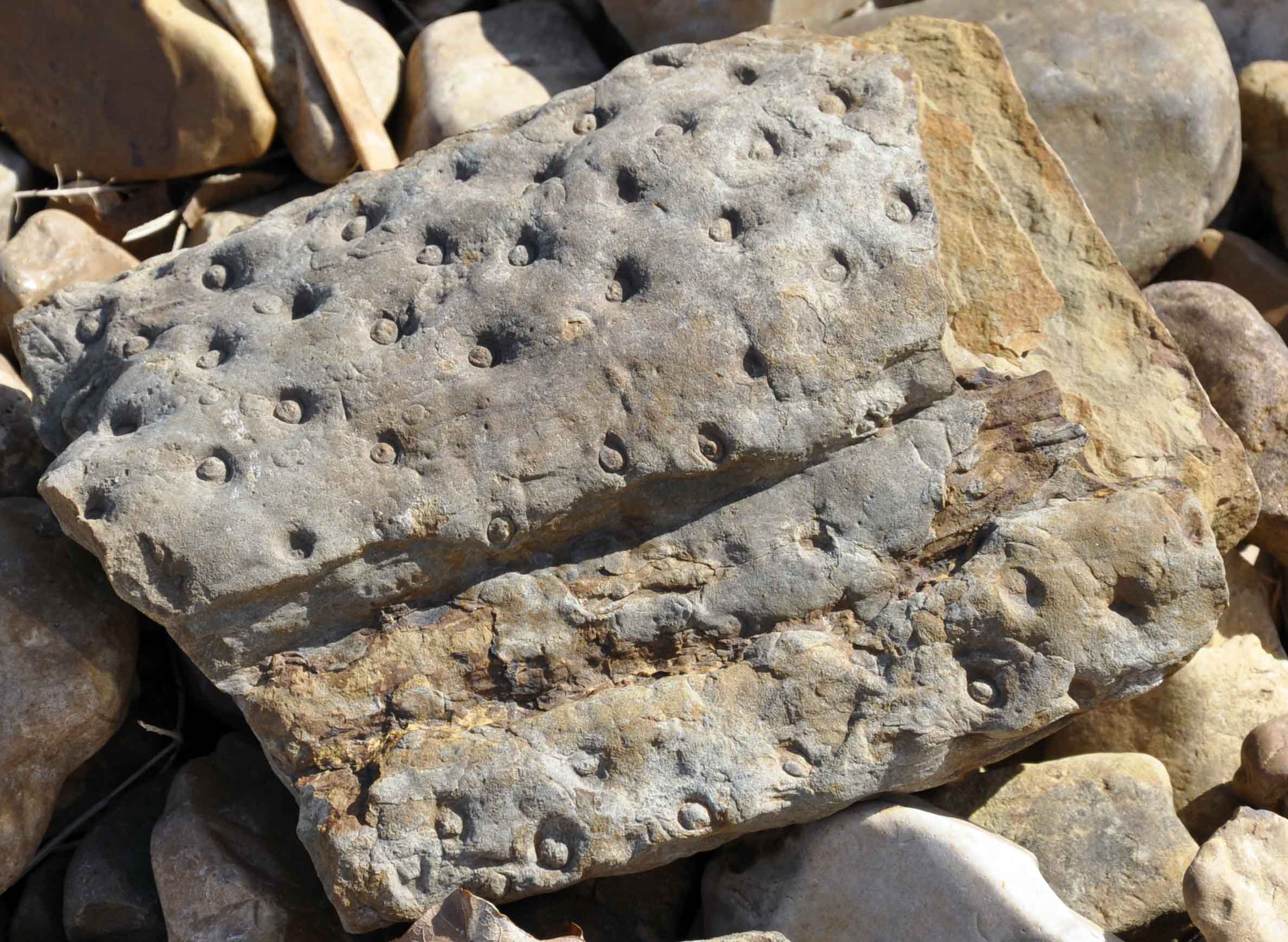
|
|
|

|
|
Stigmaria-Tracheophyta-Lycopsida-Lepidodendrales;
Lower
Carboniferous-Permian
LYCOPSIDS
Also known as: Lycopods
Informal group: Land plants
Age range: Silurian-Recent
Found in OK: Pennsylvanian rocks, eastern Oklahoma
Most species in these families are small, easily overlooked plants that live in damp forests, along rivers or on the branches
of other trees. However this was certainly not true of the lycopsids that lived during the Pennsylvanian. During the Pennsylvanian,
some lycopsids grew to be trees standing over 27 meters (90 feet) tall. Unlike most other plants, tree lycopsids appear to
have preferred places in the swamp that were flooded by water. When they died, their bark, wood, leaves and roots fell into
the swamp. Because of the high water level, the plant pieces did did not break apart completely. The bark, leaves and roots
of lycopsids were buried and over time became coal. As much as 70% of coal may be composed of the lycopsid plant parts.
|

